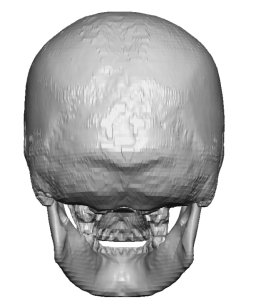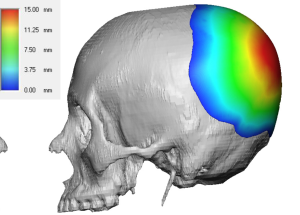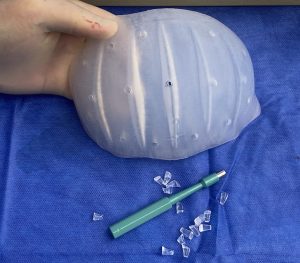Background: The greatest aesthetic head shape deficiency in females is on its posterior surface or the back of the head. While commonly referred to as the occiput this is anatomically inaccurate. The back of the head is composed of multiple skull bones of which the singular occipital bone makes up only the lower half. The upper half of the back of the head is made up of the paired parietal bones. Together these 3 bones make up the total back of the head and their development and union give it its shape.
But this anatomic makeup may seem merely descriptive it has relevance in understanding the patient’s head shape concerns and how to design an implant to properly augment it. A true or completely flat back of the head involves the parietal and occipital bones while a crown/upper back of the head deficiency is more limited to the parietal bones. This understanding allows for the angulation of maximal projection to be determined for the implant design.
In the horizontal back of head deficiency the point of maximal projection is located more over the midline of the parietal-occipital junction. But in crown skull deficiencies the point of maximal projection moves superiorly onto the parietal bone completely. As a result the footprint of the implant shifts where it sits on the skull, keeping the point of projection centrally located on the implant.
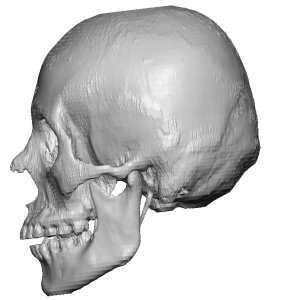
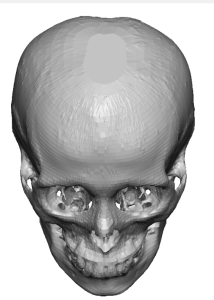



Key Points:
1) For females the most common type of skull augmentation is for the flat back of the head or deficient crown area.
2) The pure horizontal back the head implant design has its point of maximal projection located on or near the sagittal-lambdoid suture junction.
3) For most female patients the maximal implant size (volume) is 150ccs but will be lower in thinner scalps.
Dr. Barry Eppley
World-Renowned Plastic Surgeon




